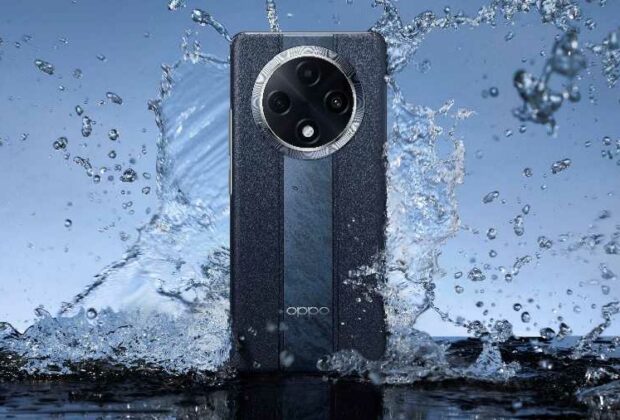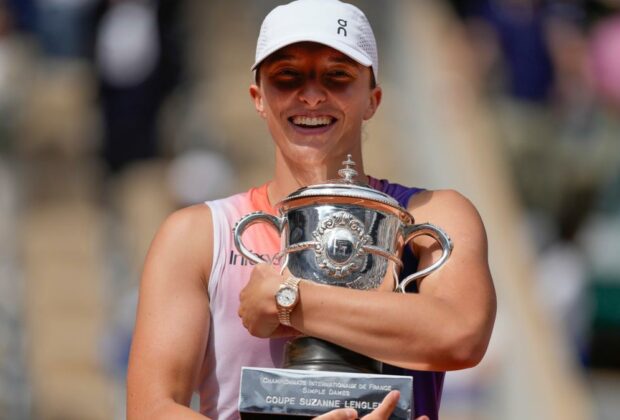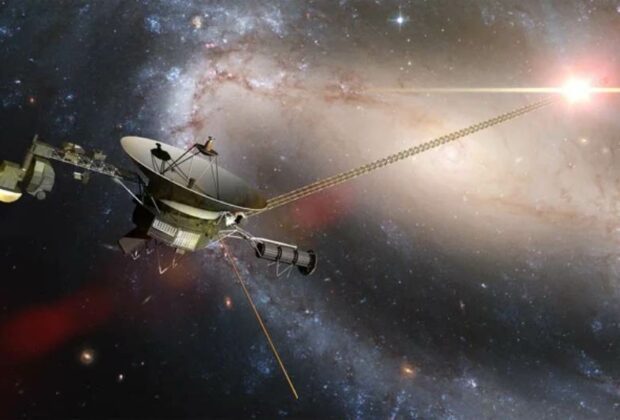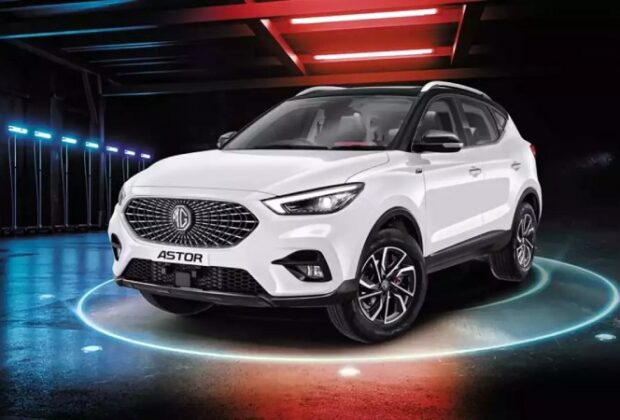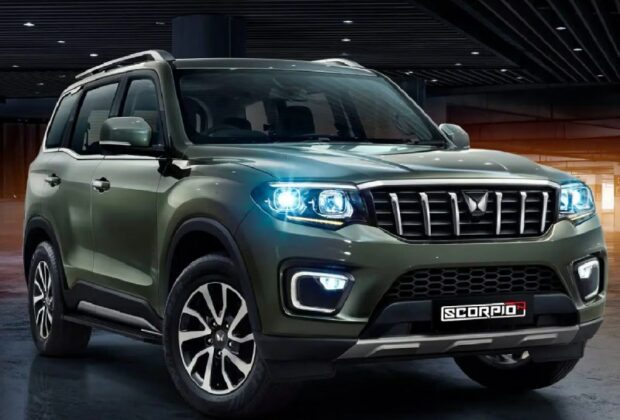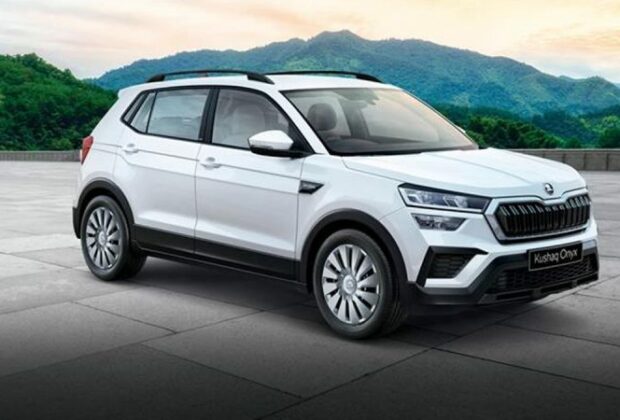In India, the Oppo F27 Pro+ 5G was released. The phone looks to be a rebranded Oppo A3 Pro, which made its debut in China in April of this year.
In India, the Oppo F27 Pro+ 5G is available for Rs. 27,999 for 8GB + 128GB, and Rs. 29,999 for 8GB + 256GB. The official sales date is June 20. There are two colour options for the phone: Midnight Navy and Dusk Pink.
The Oppo F27 Pro+ 5G features a 6.7-inch full-HD+ (2,412 x 1,080 pixels) 3D curved OLED screen with Corning Gorilla Glass Victus 2 protection, a refresh rate of 120Hz, and a touch sampling rate of up to 240Hz.
It is equipped with an ARM Mali-G68 MC4 GPU, 8GB of LPDDR4X RAM, and up to 256GB of UFS 3.1 onboard storage. It is powered by an octa-core MediaTek Dimensity 7050 SoC. ColorOS 14.0, based on Android 14, comes pre-installed on the Oppo F27 Pro+ 5G.
The Oppo F27 Pro+ 5G is certified by Swiss SGS Premium Performance 5 Stars Drop Resistance and has a MIL-STD 810H construction. It also has dust and water resistance ratings of IP69, IP68, and IP66.
The dual rear camera unit of the Oppo F27 Pro+ 5G consists of a 64-megapixel primary sensor and a 2-megapixel secondary sensor. The smartphone’s front camera has an 8-megapixel sensor.
A 5,000mAh battery that supports up to 67W wired SuperVOOC charging powers the Oppo F27 Pro+ 5G. The phone has an in-display fingerprint sensor for security. The phone has USB Type-C, Bluetooth 5.3, Wi-Fi 6, and GPS connection.
Read Full Article
